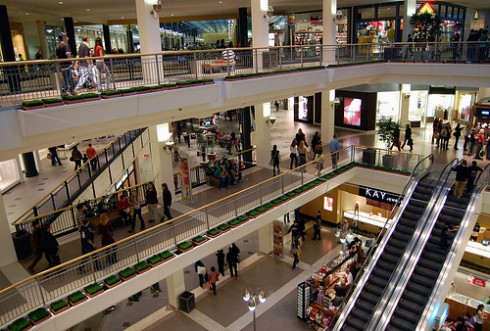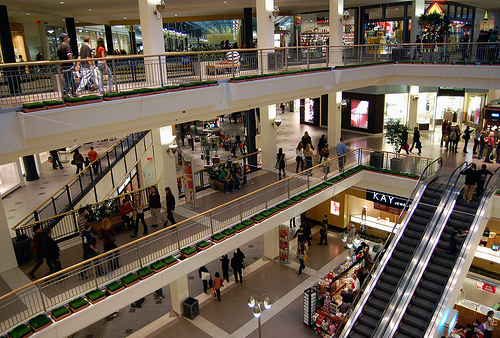
In a previous post (Metaphors That Mislead Us: User, Audience, Visitor, Shopper?), I discussed the way in which the terms we use to describe the people who interact with our web-based applications can shape our thinking, encouraging some approaches and limiting or making others highly unlikely.
Another way in which the language we use to talk about web applications fails us is in the notion of “time on site” which analytics vendors have led us to believe means something other than what it really means.
Time on site (or Time on Page) really means something more like:
Time elapsed between multiple HTTP requests in a sequence from a single IP address within a given period of time.
Nothing more, nothing less. The “given period of time” is the session length, which is configurable but is commonly 30 minutes or an hour.
In other words, if I request one page, and only one page, from your web application/page/site, my “time on site” is exactly 0 (or undefined). Doesn’t matter if I spend 20 minutes reading the article, if I don’t request a second page, the web analytics software has no way to know how much time I spent “on” that page.
If I request a page – but open it in a background tab, as I often do, along with 10-15 other things I’m going to read throughout the day – and the view that browser tab 25 minutes later, and click on a link within it, requesting a second page – this will register as me having spent 25 minutes “on” the original page.
What web analytics software knows what URLs have been requested in a browser from an IP address. (If I use multiple browsers, each of them is treated by analytics as a distinct user, because each browser gets a unique cookie, though multiple windows or tabs in a single browser is treated as one user). The software has no knowledge of what the user behind the browser is actually doing during that time.
This doesn’t mean “time on site” is meaningless, precisely – just that it needs to be carefully considered in a broader context and with an understanding of what the label conceals.
The most common misuse of this, in my opinion, is the discussion of Facebook, and the amount of time users spend each day “in” or “on” Facebook. One of the reasons retailers are so excited about F-Commerce is because of the amount of time potential shoppers spend “in” or “on” the site, because they’re imagining Facebook as a location – as though there’s a giant Mall of the World (even bigger than Mall of America) with 600 million plus people trapped in it for 4 hours a day, yearning to spend some money.

But are people really in Facebook in the way this suggests?
I’m in danger here of assuming my own experience is representative, but I know for myself and everyone I’ve talked to about this Facebook is just one among many things open and active on my laptop (or iPad, or phone) at a given time. The average user often has Facebook open in multiple tabs as she reads links friends have sent her, engages in comment threads, and jumps between webmail and other applications. Add them all up, and we’re all certainly spending significant time during the day engaging with Facebook (requesting urls from facebook.com). But we’re not stuck there: we’re skipping in and out – switching to other web pages, tabs, and windows, interacting with other applications on the same machine, and even (shocking, I know) stepping away from the keyboard from time to time.
Sometimes those interactions will be within the session window (a fairly arbitrary window, to be clear) and count as one visit with a long duration. Sometimes those interactions will be across session windows and count as multiple visits of short duration. Neither’s really entirely accurate, but in the aggregate it seems to me the latter is probably more accurate.

Compared to you, I’m the atypical Facebook user as I visit the site maybe once or twice a day and stay no longer than 10 minutes each time before closing the tab. Some days I don’t visit the site at all.
Just looking at my current number of open tabs (it happens to be seven) I could see how I may well account for more than 24 hours of online use each day.
While still being a meaningful directional measure, you’re right, its factually flawed. The time I’m on a site may be very quite a bit more that the time I am engaging with it.